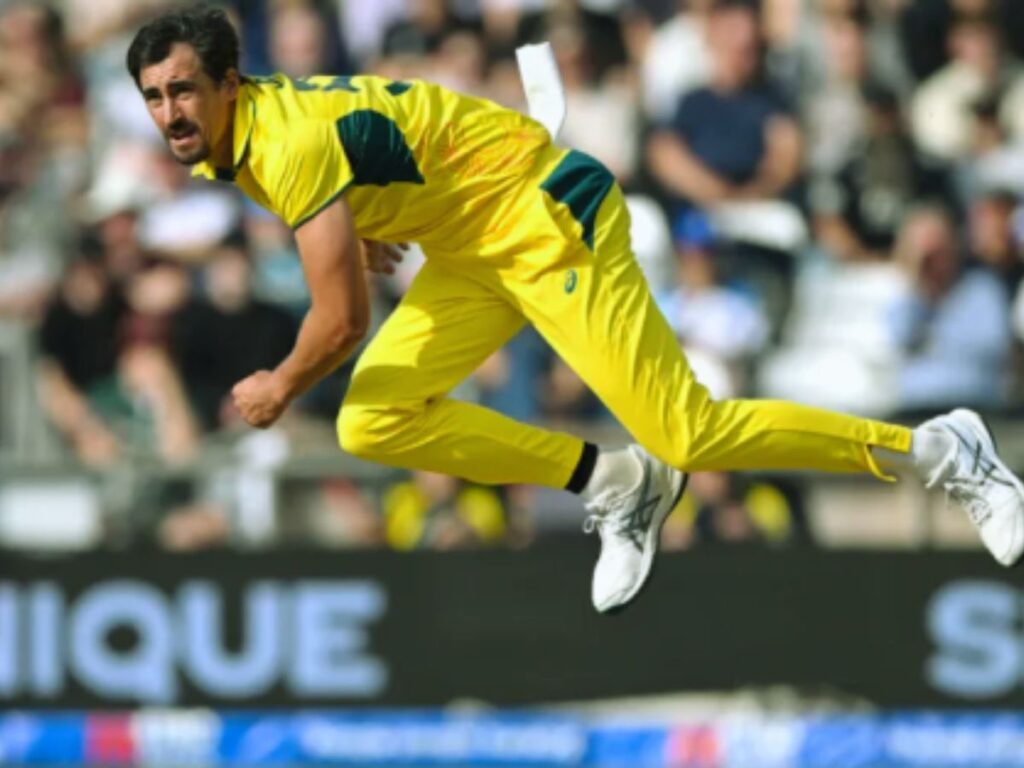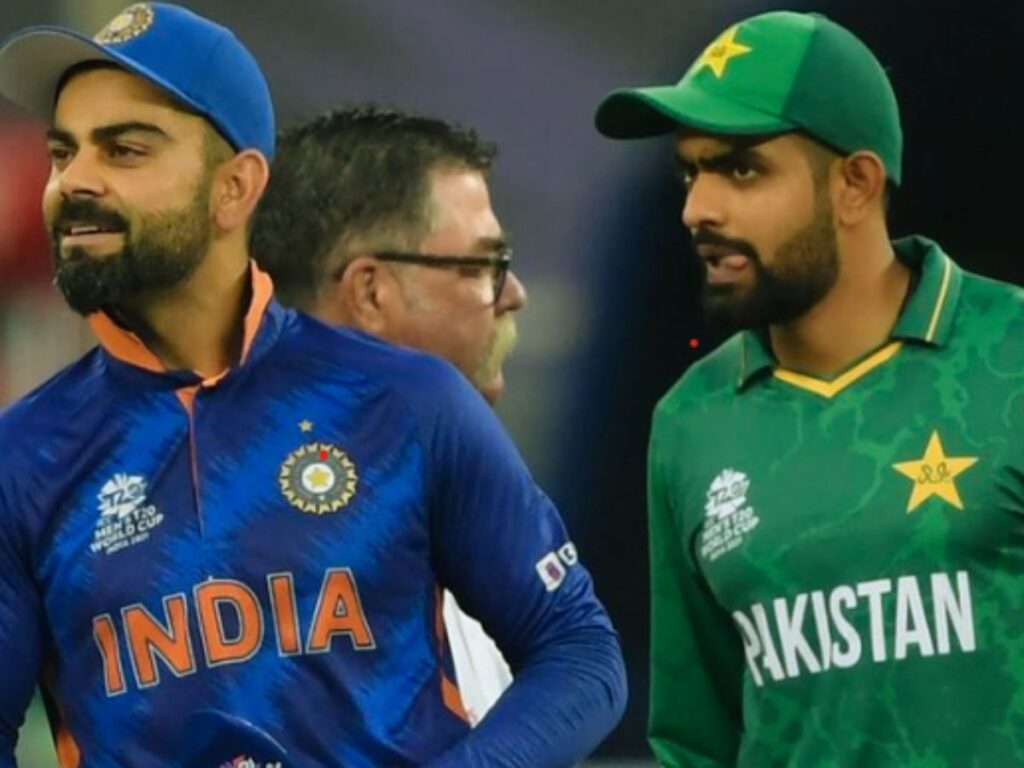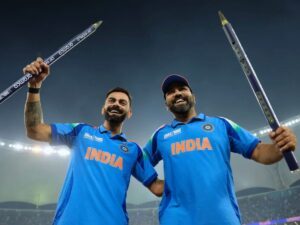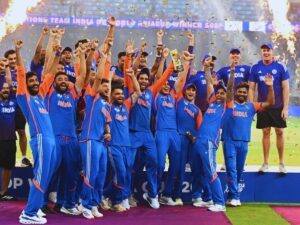Table of Contents
TogglePakistan’s Path to Becoming World Cup Champions in 2024: The Roadmap to Success
Every cricketing nation aspires to become the world champion, and Pakistan is no different. With their sights set on the upcoming T20 World Cup in 2024, Pakistan must tackle four critical challenges to achieve their goal. In this read, we will explore these obstacles and propose potential solutions to pave the way for Pakistan’s triumph.
1. The Powerplay Challenge: Pakistan’s Quest for an Explosive Start:
In the past two years, Pakistan’s powerplay strike rate has been dismal, placing them at the bottom of the chart. Meanwhile, the current T20 World Champions, England, lead the pack. England’s openers have an aggressive strike rate of 143 and the highest number of sixes (53) in 39 matches in powerplay overs.
This is in stark contrast to Pakistan’s openers who, despite playing 36 matches, have managed a strike rate of only 115 – the lowest among the top 10 cricketing nations – and hit only 24 sixes. Even Ireland, with a strike rate of 128 over 43 matches, and Afghanistan, with 117 over 32 matches, surpass Pakistan in powerplay scoring.
To improve their powerplay, Pakistan could consider the inclusion of dynamic openers like Mohammad Haris or Saim Ayub. A strong opening partnership will set the tone for successful innings and put Pakistan in a commanding position from the beginning.
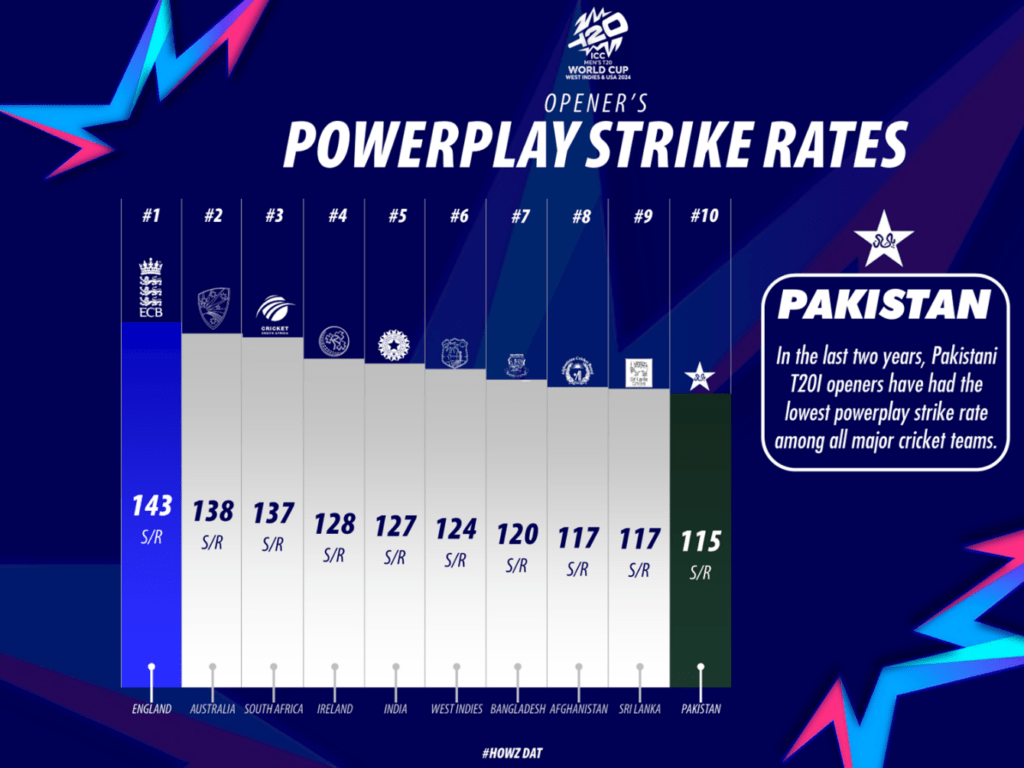
1 Pakistani T20I Openers: Struggling with the Slowest Powerplay Strike Rate
2. Pakistan’s Fielding Upgrade: A Must for Victory:
Fielding has consistently been Pakistan’s weak point in major cricketing events, often costing them crucial moments. Take the example of the ODI World Cup in 2023, where Pakistan conceded a whopping 536 runs due to fielding errors, including 10 dropped catches and 5 missed runouts.
Players like Hasan Ali and Usama Mir serve as examples of the high price of poor fielding, with their mistakes proving to be turning points in critical matches. These instances highlight the urgent need for Pakistan to revamp their fielding strategy. As the team prepares for the T20 World Cup in 2024, enhancing the fitness levels of the players should be the primary focus. Improved agility, endurance, and strength are fundamental not only to raise fielding standards but also to ensure that players are in optimal shape to seize every opportunity on the field.
3. Spin to Win: Reviving Pakistan’s Bowling Line-Up:
In the lead-up to the World Cup, Pakistan faces a challenge with its leading spinners, Shadab Khan and Mohammad Nawaz, witnessing a decline in performance over the past two years. Shadab’s economy rate has climbed from 7.88 to 9.17, and his average runs per wicket have risen from 21.40 to 30.50 during this period.
Meanwhile, Nawaz’s economy rate has marginally increased from 8.40 to 8.49, but his average has skyrocketed from 21.00 to 52.20, indicating a significant drop in wicket-taking efficiency. These statistics highlight the urgent need for Pakistani selectors to reinforce their spin attack by discovering a world-class spinner. They should be able to deliver tight overs, apply pressure, and secure crucial breakthroughs, ensuring the team competes effectively on the world stage.
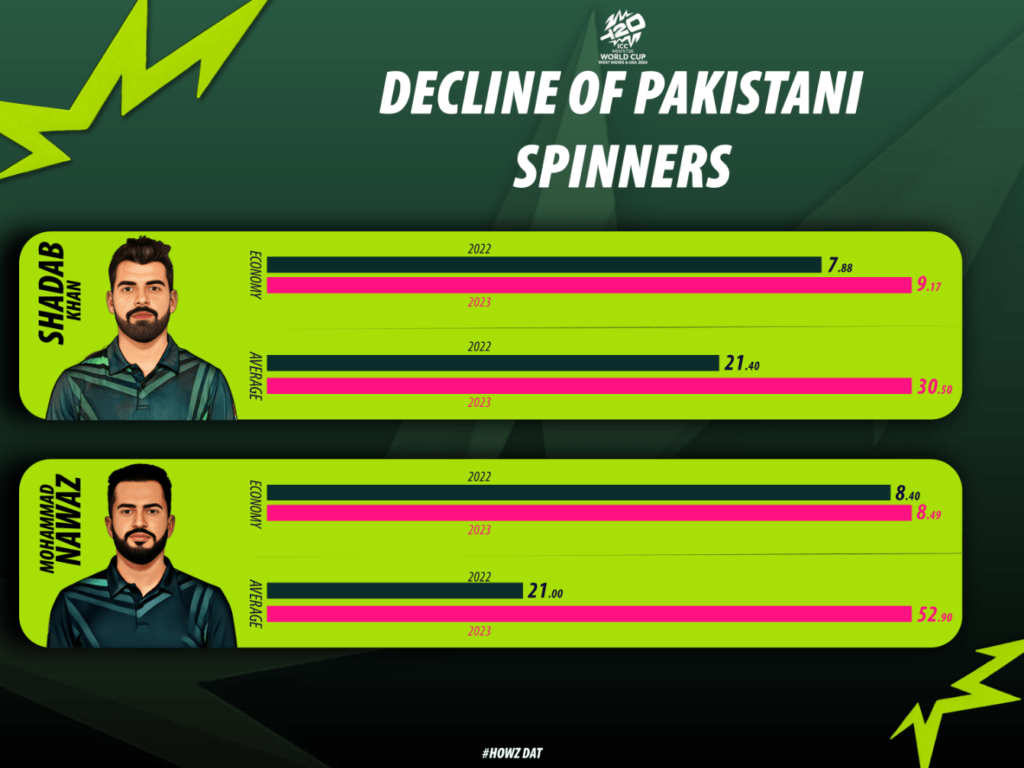
2 Slump in Form: Pakistani Spinners Face Rising Economy and Averages in T20s
4. Pakistan’s Finishing Touch: Mastering the Final Overs:
Pakistan’s performance at the end of T20 innings has been lacking a significant impact, highlighted by the absence of any Pakistani batsmen in the top 10 global finishers with the highest strike rates in death overs for the year 2022-2023. However, there is a glimmer of hope with the emergence of Azam Khan and Iftikhar Ahmed.
Azam Khan possesses a striking death overs strike rate of 191.20, and Iftikhar Ahmed boasts an impressive 183.60. They have demonstrated their potential to be formidable finishers in franchise cricket. Their ability to maintain composure in high-pressure situations and effectively close out games could be the solution to Pakistan’s quest for reliable batsmen who can deliver strong performances in the final overs of a T20 match.
For an engaging video summary of this article, watch here

